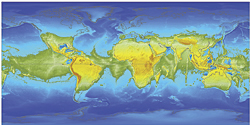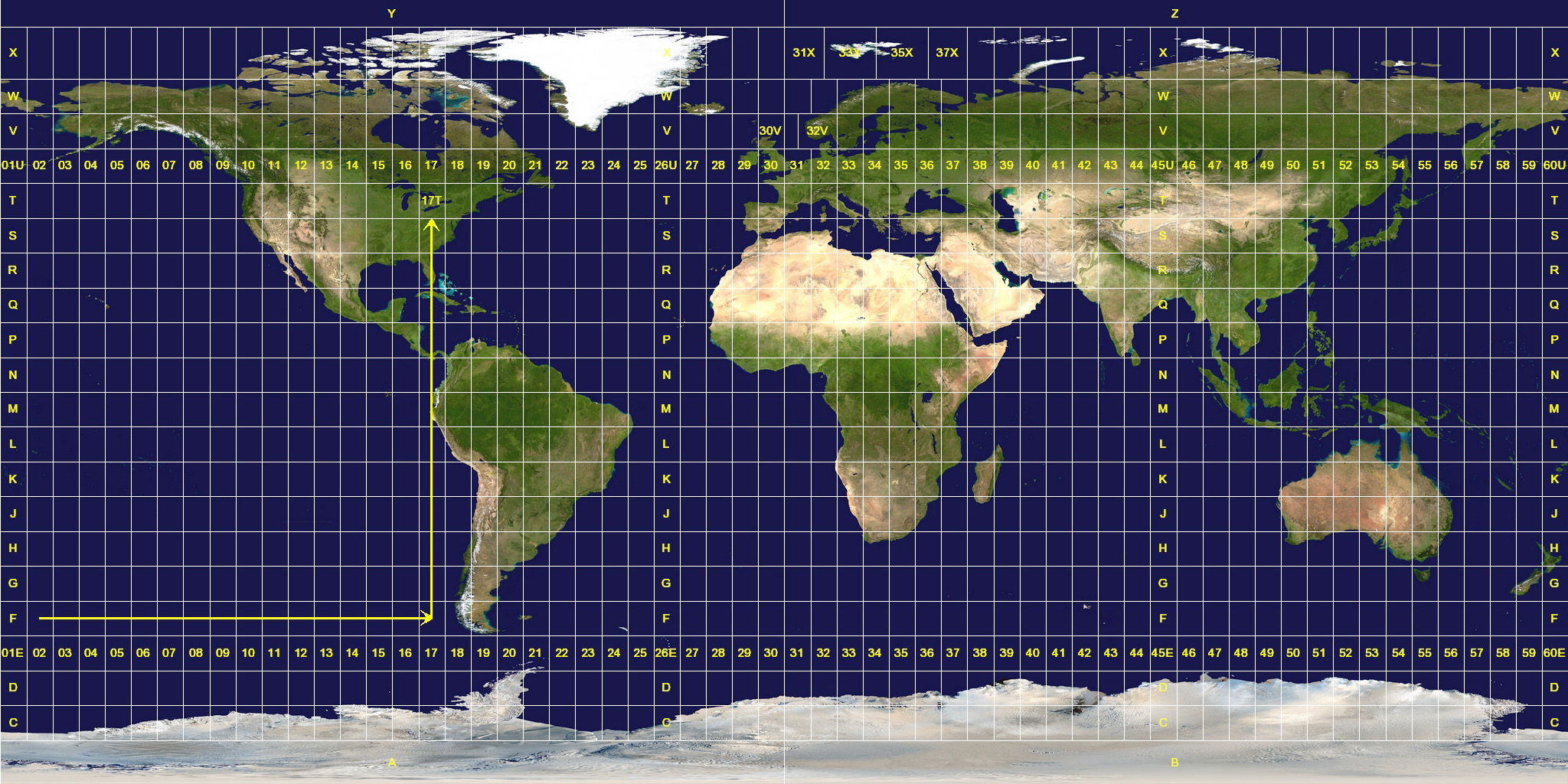
As summer comes to an end, days become shorter and the bright green leaves change to golden, scarlet, orange and brown. Fall is one of my favorite times of the year to enjoy nature by embarking on outdoor adventures, especially hiking. Some of my favorite hikes close to home include Flat Rock, Tumbling Run, Pine Grove Furnace, Leigh Gorge and Ricketts Glen (just to mention a few). Each time I reach the peak of one of these hikes, I look across the mountain ranges and wonder what the elevation is, where I am in relation to home and even how they compare to the mountains I ski during winter. Recently, I was gifted an all-purpose Garmin GPS to use on hikes; even though I only had a chance to bring it along on my most recent hike to Leigh Gorge, it has given me a better idea of the scope of the hike in terms of elevation, distance, longitude and latitude. The top elevation I recorded on this hike was approximately 1,400 feet. This sparked me to wonder actually how the GPS actually works. The Global Positioning System depends on 27 satellites 24 of which are in operation and 3 additional satellites in case of failure. These satellites continuously orbit the Earth and transmit the following data: Time information (each satellite has an internal atomic clock which is accurate to the billionth of a second), Precise orbit information, Rough orbits of other GPS satellites, and System health.
Each satellite weighs 3,000 to 4,000 pounds and circulates the Earth about 12,000 miles which is 2 rotations daily. The orbits are arranged so that there are always 4 visible satellite signals. After these signals reach the GPS device the receiver calculates the distance to each satellite; which is a process called
trilateration.

Does trilateration mean that we only need three satellites to receive an accurate location? If you know your exact elevation you would only partially be correct because there is still the time factor. GPS’s must receive input from four or more satellites (along with elevation) for your position to be be as accurate as possible. Signals from satellites are three demonsional. You can think of them as spheres. The intersecting areas become your location. The more satellites the more accurate your location.
Understanding trilateration is important to understanding how GPS devices operate. This video on trilateration was helpful to me. It might be a little long but does a good job of explaining trilateration. I really think the new GPS gift is going to keep me occupied for a while as I discover all its capabilities.


































